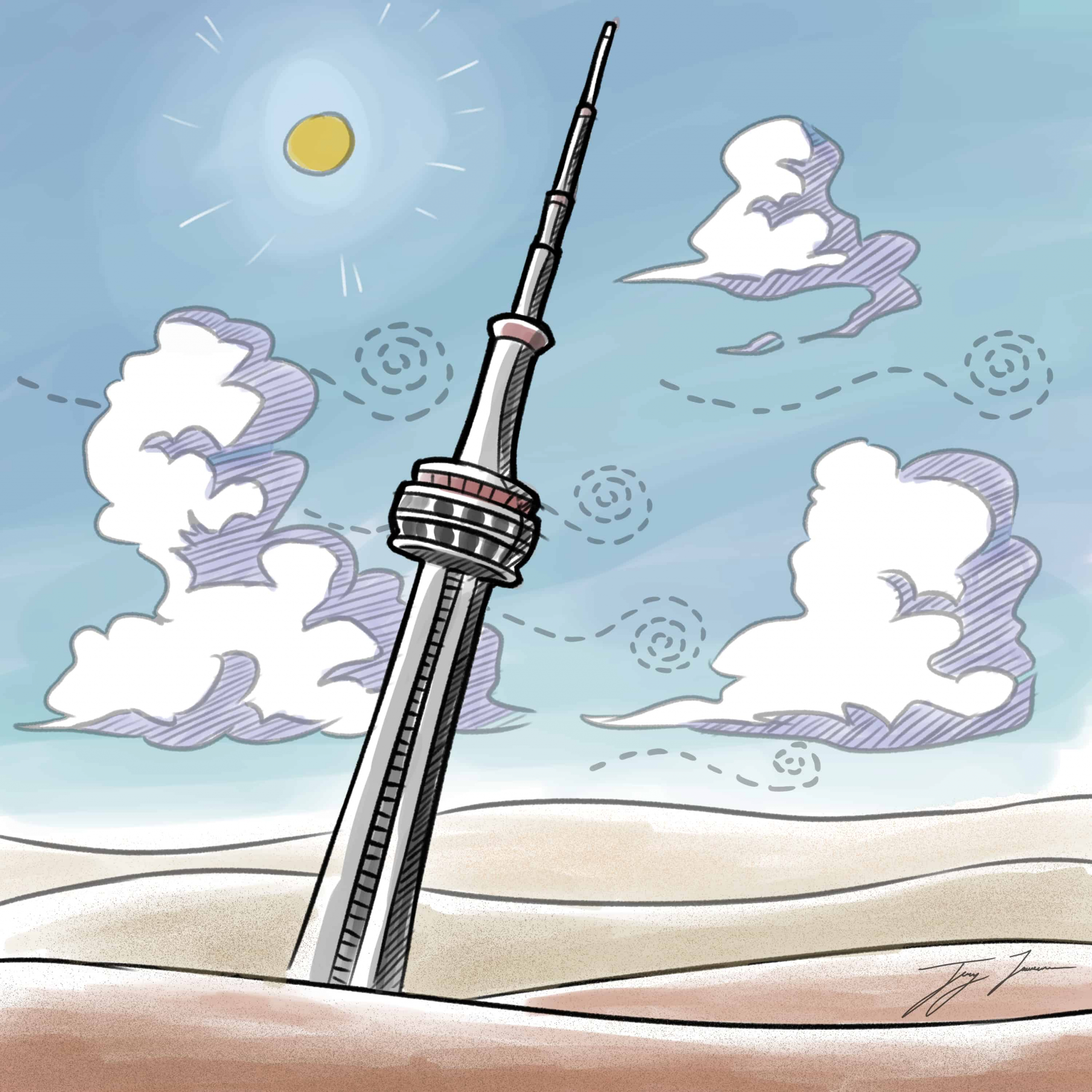Nature has published a new climate visualization tool, which matches the projected 2080 climate of 540 North American urban areas with a present-day climate analogue. Climate analogues refer to regions experiencing statistically similar weather conditions, distinct from the period in which they currently occur.
The visualizer was developed by Dr. Matthew C. Fitzpatrick, Associate Professor in the University of Maryland Center for Environmental Science, and Dr. Robert R. Dunn, Professor of Applied Ecology at North Carolina State University.
Through climate analogue mapping, the tool matches 12 climate variables, including maximum and minimum temperatures and precipitation, during different seasons of a present-day location with its future climate counterpart.
For example, Toronto’s climate in 2080 is projected to be akin to the climate of present-day Secaucus, New Jersey, which has summers that are on average 2.9 degrees Celsius warmer and 35.1 per cent wetter than Toronto’s.
Other Canadian cities show similar increases in summer temperature and precipitation levels: Montréal’s analogue, Chester, Pennsylvania, is 4.2 degrees Celsius hotter and 11.6 per cent wetter; while Ottawa’s pair, South Shore, Illinois, is 3.3 degrees Celsius hotter and 18.6 per cent wetter.
Across all of the areas studied, a general trend of similarity to locations hundreds of kilometres away and mainly to the south was observed. Certain projections were found to have no modern-day equivalent.
The tool was created in order to show the human dimensions of climate change in accessible and relevant ways for the general public. It illustrates cities currently populated by over 250 million people, and considers the impact of emission levels as well as climate variables on current and future climate trends.
However, Dr. Stephen Bede Scharper, Associate Professor in U of T’s School of the Environment, explained in an email to The Varsity that these types of models can produce mixed results.
“On the one hand, it can indeed raise awareness about climate change, and help people think about the implications for their cities if they don’t take serious action in limiting greenhouse gas emissions. On the other hand, this can also lead to a false sense of security. What we are experiencing today is not actually climate change but climate ‘chaos.’ The accent here is on chaos.”
Scharper noted that rising temperatures are affecting weather regulators such as the Jet and Gulf Streams, resulting in unpredictable weather. Focusing solely on temperature and rainfall, the potentially wild and violent impacts on weather patterns caused by climate change are not fully explored by the tool.
It is becoming more apparent that a long-term, sustained plan may be the only way to address climate change, and awareness-raising tools such as the one described are merely the first step.
“While taking public transit or reducing use of fossil fuels in one’s personal life is vital, we have to as local, national, and international citizens make the structural change that will make the reductions necessary to alter our climate course,” wrote Scharper.
“This is not going to be remedied by filling our recycling bins, changing our light bulbs, [or] reducing our garage tenants from two cars to one. This requires a firm, dedicated, and lasting commitment to a new way of doing business in the world. Business as usual is unacceptable.”


